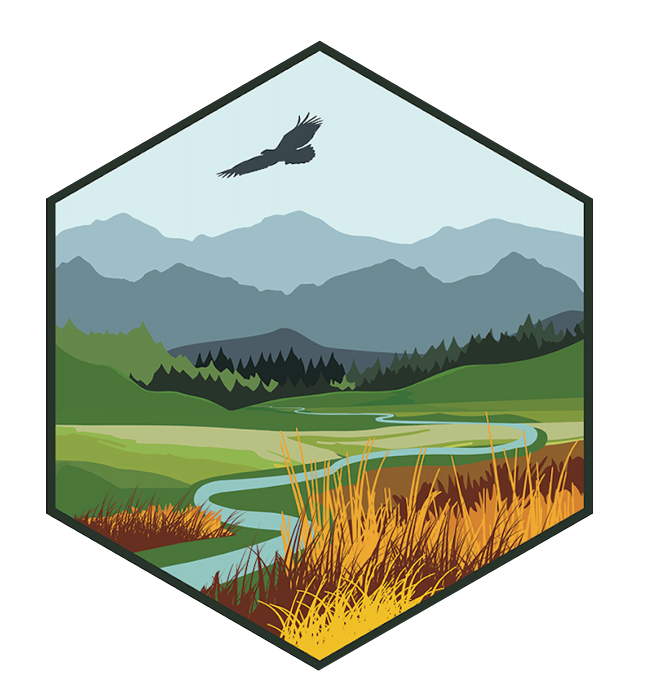The NC CASC Rapid Climate Assessment Program (RCAP) aims to create a series of Rapid Climate Assessments (RCAs) which are a synthesis of science information that can be used as a baseline for further research and a foundation for future stakeholder engagement. These RCAs include key elements of collaborative climate adaptation science, including co-production by stakeholders and researchers, status and vulnerability assessments, and identification of challenges and solutions for the given topic.
Each RCA project is led by a team that includes NC CASC research scientists and graduate research assistants (GRAs). The Summer 2025 RCAP topics and teams are:
- Risk Assessment for Canyons of the Ancients National Monument in Colorado: Christy Miller Hesed (NC CASC Co-Lead), Kyra Clark-Wolf (NC CASC Co-Lead), Vincent MacMillan (BLM), Ray O'Neil (BLM)
- Ute Mountain Ute Climate Adaptation Menu for Navigating Invasive Species: Brian Miller (USGS/ NC CASC), Stefan Tangen (USGS/ NC CASC), Heather Yocum (NC CASC Lead)
- Unraveling the Consequences of Climate Change on the Bison Presence and Sustainability Across the Continent: Jeff Martin (SDSU), Alex Shupinski (SDSU), Imtiaz Rangwala (NC CASC Lead),
- Increasing Resilience to Invasive Species and Climate Change in Sagebrush Ecosystems: Chelsea Nagy (NC RISCC), Imtiaz Rangwala (NC CASC Co-Lead), Kyra Clark-Wolf (NC CASC Co-Lead)
- Assessing Alpine Greening in NPS Units and FWS Refuges: Meagan Oldfather (USGS/ NC CASC), Alison Post (Earth Lab at University of Colorado Boulder)
- Synthesis of Atmospheric CO2 Effects in the North Central Region: Kyra Clark-Wolf (NC CASC Lead), Imtiaz Rangwala (NC CASC), Chelsea Nagy (NC RISCC)
- Evaluation of Adaptation: Aparna Bamzai-Dodson (USGS), Bill Travis (NC CASC)


